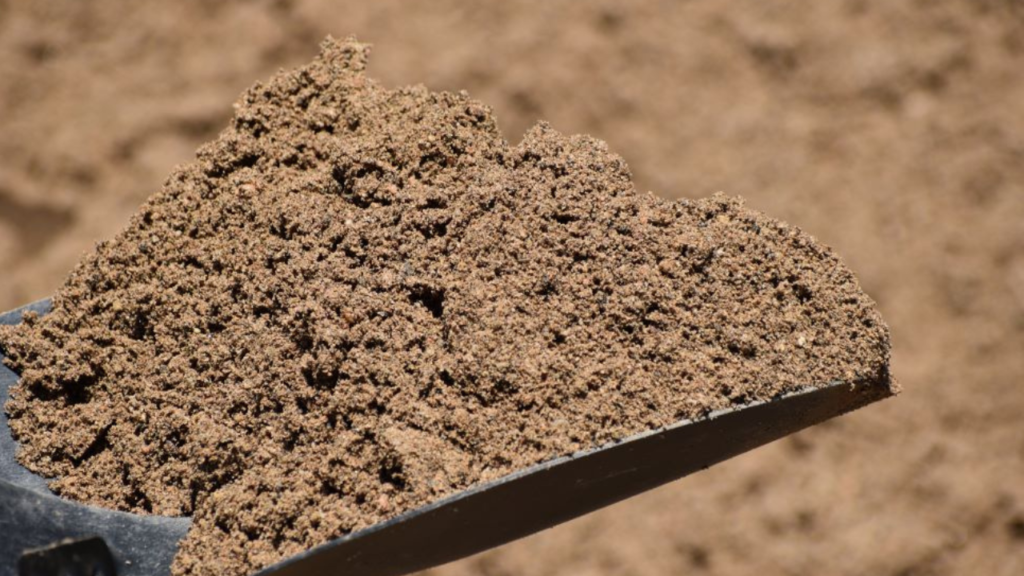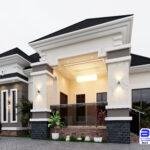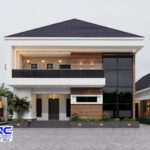When it comes to filling the foundation of a building in Nigeria, choosing the right type of material is crucial.
Two of the most commonly used materials are river sand and laterite.
Both are easily available, but they differ significantly in performance, cost, and long-term durability.
So, the big question is: which is better for foundation filling river sand or laterite?
Let’s break it down.
Table of Contents
ToggleSee also – What is the best sand for filling foundations?
What Is Foundation Filling and Why Does It Matter?
Before pouring the concrete slab, the foundation space (the area enclosed by the footing walls) must be filled to level the ground and provide support for the building.
The quality of the fill material affects:
- The strength of the foundation,
- Drainage and moisture control, and
- The durability of the entire building.
Choosing the wrong fill material can lead to cracks, uneven floors, or structural failure.
Understanding the Materials
1. River Sand

- Fine to medium-grained natural sand sourced from riverbeds.
- Smooth and clean texture.
- Contains little to no clay or organic matter.
- Good drainage properties.
2. Laterite

- A reddish, clay-like soil common in many parts of Nigeria.
- Contains iron and aluminum-rich particles.
- Sticky when wet, and compact when dry.
- Readily available and inexpensive.
River Sand vs. Laterite
- Based on Texture, River Sand is Smooth and grainy while Laterite sand is Clayey, sticky.
- Based on Drainage, River Sand is Excellent in drainage while Laterite is Poor.
- Based on Compaction, River Sand is Fair while Laterite is Good in compaction.
- Based on Shrinkage/Expansion, River Sand is Minimal while laterite is High (due to clay).
- Based on Ease of Work, River Sand is Easy to level and spread while Laterite may require machinery.
- Based on Cost, Laterite is more expensive while Laterite is cheaper.
- Based on Availability, River Sand is readily available near rivers while Laterite is found almost everywhere.
- Based on Suitability for Wet Areas, River Sand is very suitable while Laterite is Poor that is it retains water.
See also – How to calculate sand filling quantity?
Which Is Better for Foundation Filling?
1. For Structural Stability – River Sand Wins
River sand offers better drainage, less shrinkage, and lower water retention than laterite.
This means it’s more stable over time and less likely to cause foundation movement, cracks, or dampness.
2. For Cost Efficiency – Laterite Wins
Laterite is cheaper and easier to find in most parts of Nigeria, especially in the South and Middle Belt.
It’s often the first option considered in low-budget rural or semi-urban projects.
3. For Long-Term Durability – River Sand Wins
Laterite expands when wet and shrinks when dry.
This movement can weaken the slab over time.
River sand remains relatively stable in all weather, making it the better long-term choice.
The Best Practice: A Combination Approach
In many professional construction sites in Nigeria, engineers combine both materials:
- Use laterite for initial filling (base layer) to reduce cost.
- Then add a layer of river sand on top before laying the concrete slab.
- This provides a cost-effective yet stable foundation.
Make sure both materials are well-compacted in layers to avoid settlement.
Conclusion
While laterite is cheaper and easier to access, river sand is the better choice for foundation filling when you want durability, stability, and protection against moisture.
However, a layered approach using laterite as the base and river sand on top, can be a smart way to balance performance and cost.
Frequently asked questions
What is the main difference between river sand and laterite?
River sand has fine, smooth particles and is clean, while laterite is reddish, clay-like soil that may shrink or swell over time.
Which is better for foundation filling: river sand or laterite?
River sand is better for areas requiring drainage and stability, while laterite is suitable for rural areas with low-cost requirements.
Why is river sand preferred for foundation filling?
River sand compacts well, provides stability, and prevents water accumulation beneath the foundation.
What are the disadvantages of using laterite for foundation filling?
Laterite retains moisture, which can lead to swelling or shrinkage, compromising long-term structural stability.
Can laterite be mixed with other materials for better performance?
Yes, mixing laterite with coarse sand or gravel can improve its compaction and load-bearing capacity.







